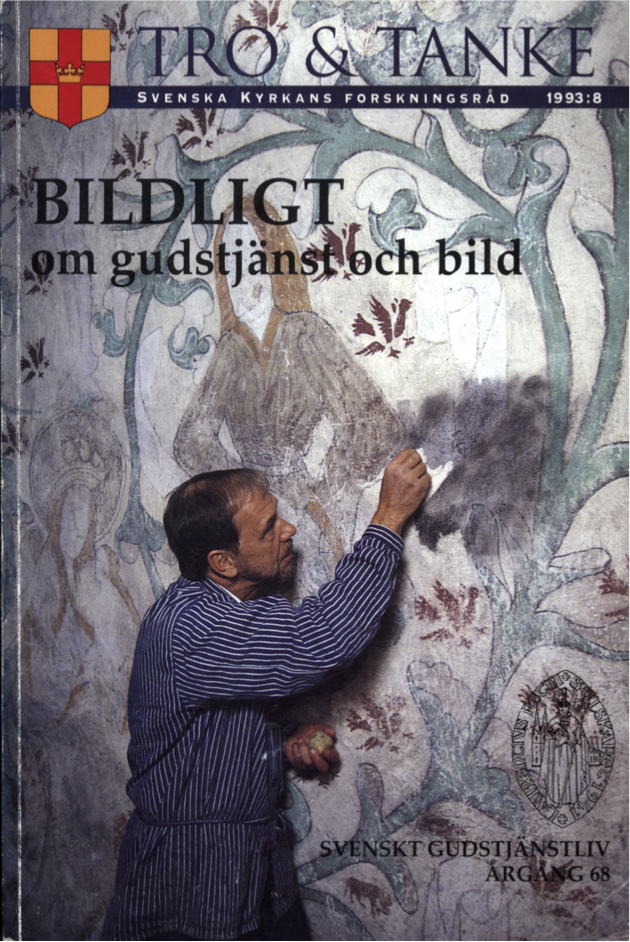Bilder för de inte läskunniga - Gregorius´argument i historiskt perspektiv
Abstract
Gregory the Great’s argument concerning the function of pictures for those unable to read has often been brought out in Church discussions on pictures. In the history of theology, the argument was developed during the 4th and 5th centuries, thus during a period when the distance between Jewish synagogues and Christian communities had not yet become complete. There is therefore cause for asking whether Gregory’s argument emanates from Jewish tradition, from the thorah opinion. From the beginning, Christianity was a book religion, through the writings of the Old and the New Covenant. When the first Christian church buildings were by and by being erected, it was natural to somehow mark the presence of the Word. Church Father Ambrose informs on church walls being adorned with biblical quotations and all sorts of proverbs. From the first ancient church buildings to the 19th century revival onwards, there has been a habit of picturing the biblical quotation pro per on the walls. Obviously, the thought behind this is in a concrete way to emphasize and call attention to the presence of the divine Word in the very building. It ought to he possible to see, concretely, Gregory’s argument in the light of these facts. Because painted biblical quotations can be replaced by painted pictures which express the same thing. The boundary between word and picture is not clearly-defined. The word was holy and contained divine presence. If the word is translated into pictures, they will be just as holy as the word and the scrolls. So, referring to Gregory’s argument, the pictures can be seen as sacred on account of the divine presence in the biblical quotations which they express. The parallellism concerning word and picture in Gregory’s argument concerns solely the word being preached to the congregation. Behind this lies naturally the true canon which Christian preaching has as its guiding rule.
During the century of Reformation we find Gregory’s argument in several ordinances of the evangelical order. Through Laurentius Petri the argument also came to stand for the theological principle for the use of pictures in the Church of Sweden in post-reformatory times. But, what happens to the argument in the continuous evangelical tradition, when the ability to read spreads more widely during the 17th and 18th centuries, by and by to become a demand - or a common right - during the 19th century with its regulations on elementary schooling? It was very important in Protestant tradition for as many as possible to have the possibility to study and read the canon in its entirety, i.e., not only to be obliged to use the word preached in Church. It could be expected, as a result of this, that pictures would lose their importance on account of people’s growing ability to read. W ith growing reading ability there is an expansion of book publishing, not least religious tracts. This, however, actually leads to the expansion of a new kind of pictures, namely book illustrations. Many religious tracts were amply provided with pictures, and nota bene: in the introductions there were quite often arguments for these very pictures. The arguments for book illustrations remind us essentially of earlier arguments for pictures in the churches. In the argumentation, especially children and young people are being emphasized. The pictures were to help those children who were not yet able to read, but also to facilitate reading and learning.
Downloads
Publicerad
Nummer
Sektion
Licens
© författarna, Laurentius Petri Sällskapet för svenskt gudstjänstliv samt Artos & Norma bokförlag. Det är tillåtet att kopiera och använda material ur Svenskt Gudstjänstliv för forskningsändamål om källan anges. För övriga ändamål kontakta respektive artikelförfattare samt förlaget. Särskilda restriktioner kan gälla för bildmaterial.


